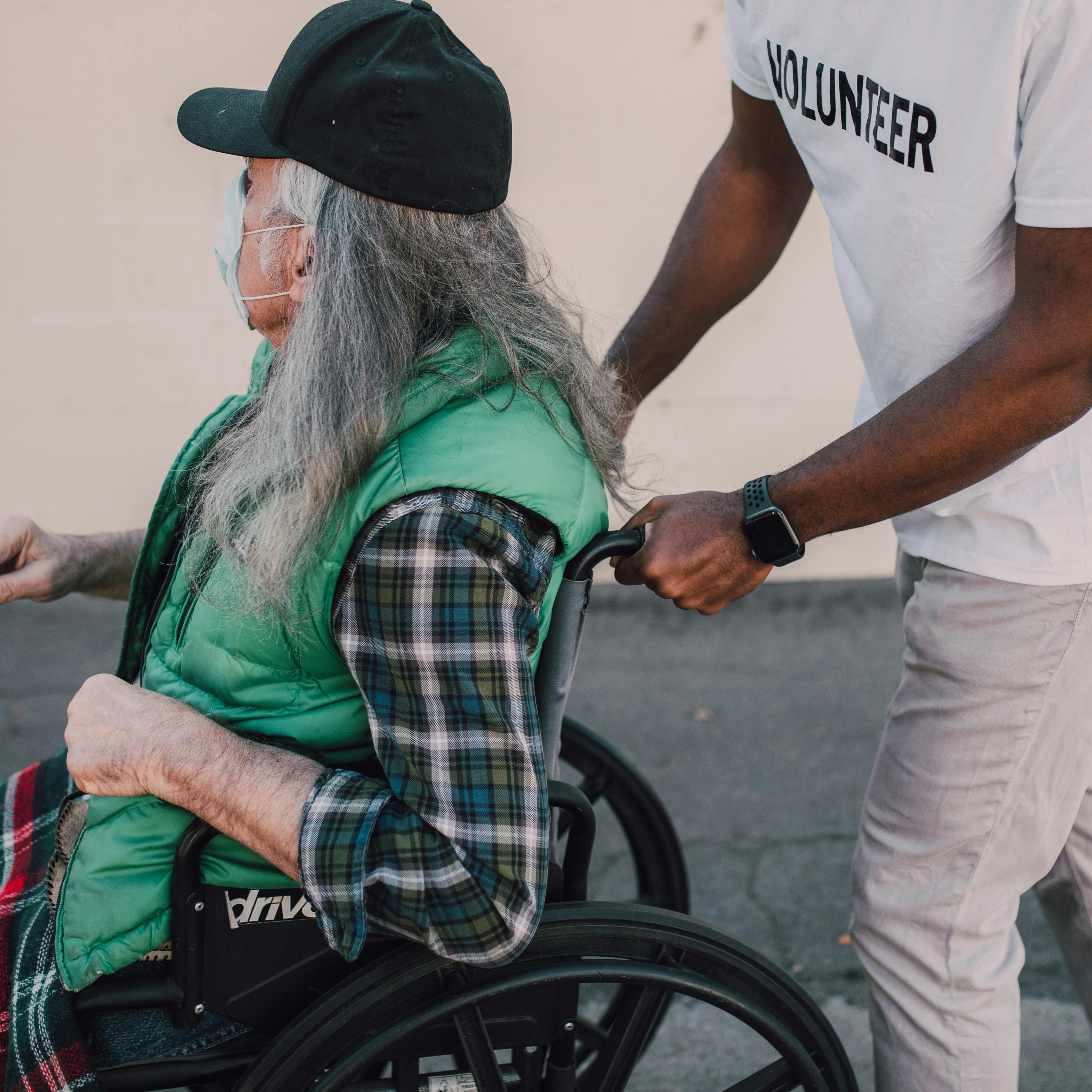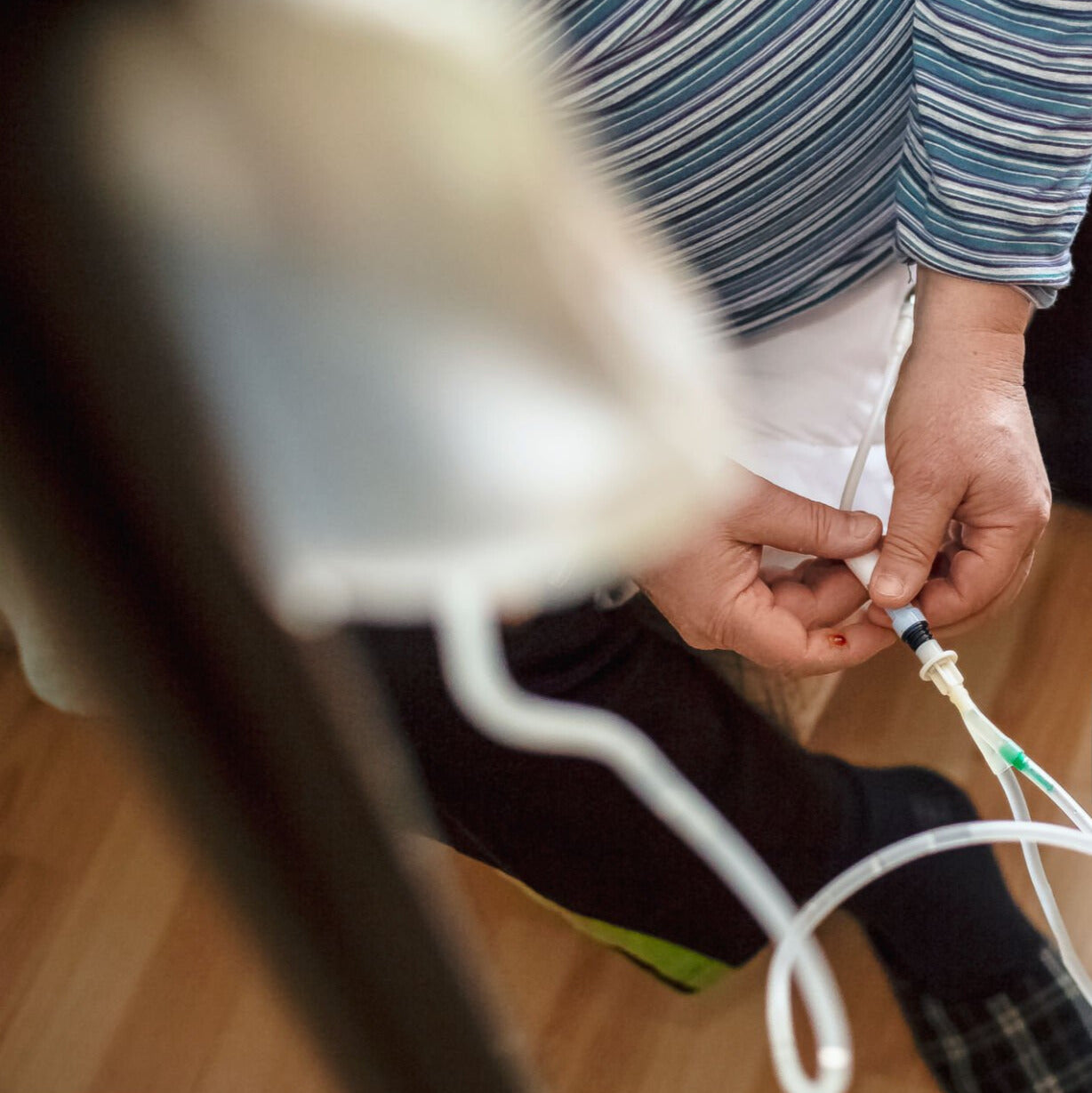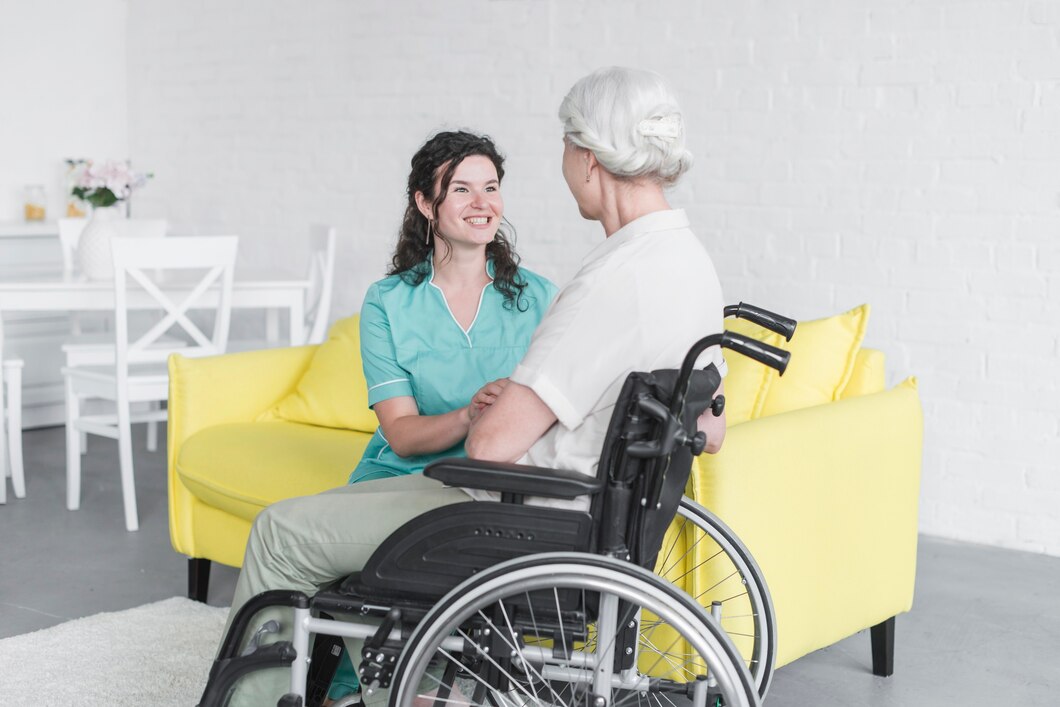
By Jennifer Pasternak, Executive Director, Northbrook Inn Memory Care; Advisory Board Member, Joe & Bella
As you’ll read, Executive Jennifer Pasternak of the Northbrook Inn advises family members to temper their expectations. Change is almost always difficult, and people need time to adjust, as virtually all experience “transfer trauma.” And, during these Covid days, the adjustment is more complicated and challenging.
--------
The First Month
Please remember that change is hard. And, although your loved one is only one month in, we’re typically talking about a significant life shift, which entails physical, mental, and emotional challenges.
At the 30-day mark, we typically have new residents’ meds under control, which is key for understanding the treatment they need in memory care. We’ve found that so many of our new residents have been over-medicated and/or had been prescribed the wrong combination of drugs and dosages. It takes a bit of time and often some trial and error to get the meds worked out, but it’s something that we monitor extremely carefully. The last thing we want is for our residents is to be over-medicated, to be -- as we call it -- “snowed,”
During these first few weeks, residents realize they’re here for good (and seldom ask about going home), and they’ve begun to form relationships with both our staff and other residents. They become calmer and start to feel at home.
Some of the behaviors that they may have exhibited in the common areas of our community are now gone as are many outbursts. New residents are either going to activities regularly or are figuring out their favorite chair to sit in and simply hang out. They now literally understand their place here as they continue to develop relationships and a sense of comfort and belonging.
By this time, families are also figuring it out. Instead of my receiving twice-daily phone calls from a resident’s spouse, I might hear from them maybe once a day or every-other day. If it’s a resident’s child who’s our primary family contact, we tend to hear a bit less often and certainly receive more texts than calls. We’re happy for any and all communication. In fact, I email our residents weekly with an update, including regularly reminding them that I’m always here to chat.
After the first month, the resident has typically settled in, depending of course on the progression of their disease. They could have a dip and then plateau. We might then re-evaluate their meds. And, as soon as we feel like we have some sort of control, it can quickly go in the other direction. Unfortunately, that’s often the reality for our residents. But, it’s also our purpose and what drives us every day.
If a resident has re-located -- that is, she or he were previously living in another community -- this is the time we begin to see their true colors, as they’re feeling more comfortable and “transfer trauma” has dissipated. So, families need to prepare for there not only not being a quick adjustment, but there being a bit of decline that certainly can go on for a month or even more before we begin to see a “bounce-back.” But, once the individual has adjusted to the new surroundings, people, routines, and culture, we feel confident in our ability not only to begin to help the resident feel more like themselves, but also finding comfort in their new life and home.
There’s no question that this transition is emotionally challenging for new residents and their families. But the more work family members can do to prepare for this transition (for both you and your family member), the easier and better you’ll feel. That preparation should give you confidence -- that you’re making the right decision. Of course, your job is never over; your loved one’s health and comfort is a bit of a “moving target”; so, frequent communication with both your family member and the community’s directors is essential to keep everybody on the same page and making progress.
























































